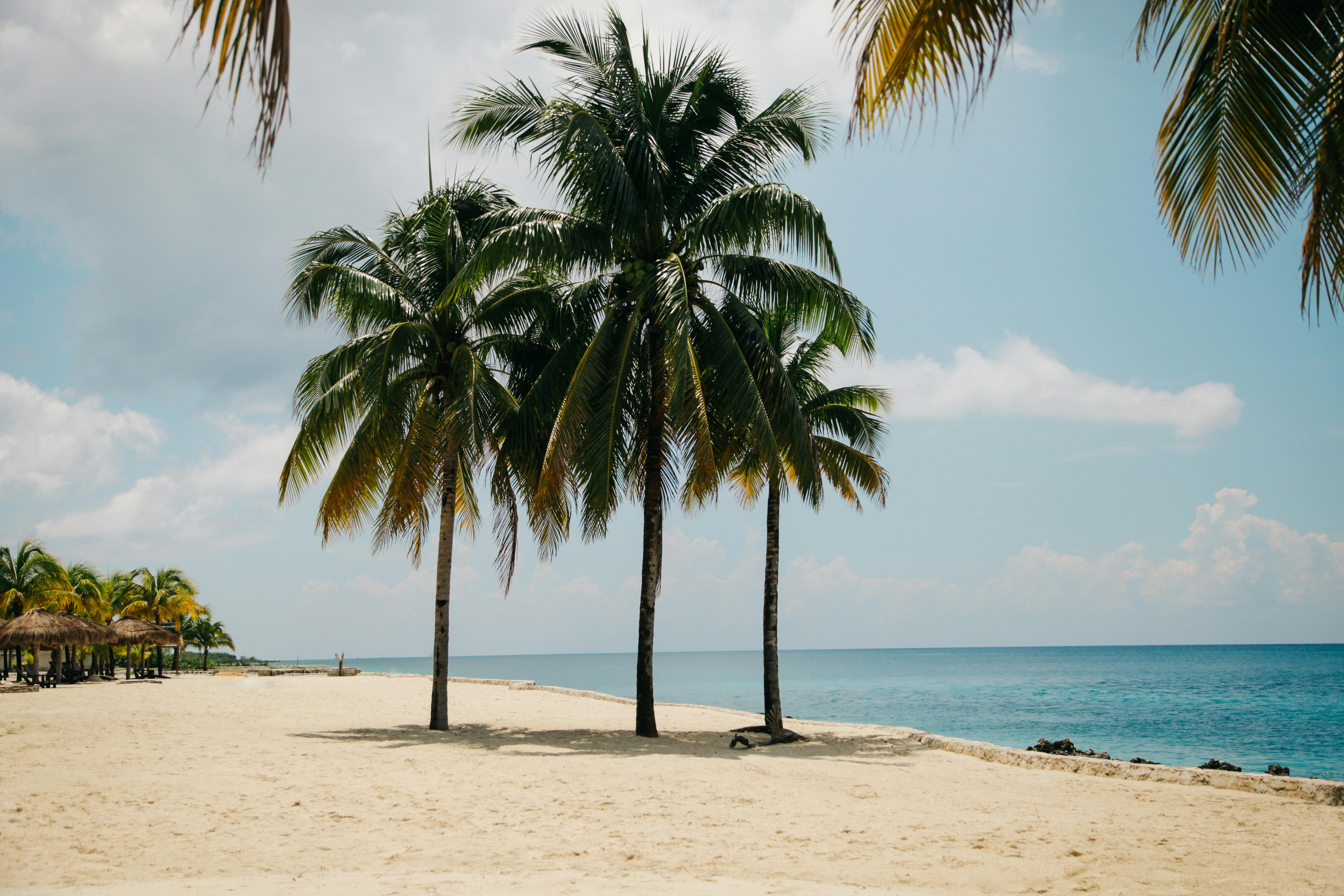Rumored Buzz on Tree Trimming
You might have cultivated a number of fruit trees in hopes of producing the big fruit you see in the stores, but are mildly shocked when they don't get that size. It may seem like you are not doing a good job cultivating fruit but in many cases the fruits tend to be small in the first place. Even though you have turned out small fruit, there is a way to grow larger fruit without adding chemicals or using genetic engineering. You'll find several experienced gardeners have used some advanced techniques to achieve good sized fruits.
A number of veterans gardeners take a step called fruit thinning which is done during the early stages of their growing fruit trees. This technique has a theory, that with less fruit, the tree will provide the fruit that is left, more efficiently. When there are an excess of fruits on the tree, the nutrients the tree would give would be spread out all over instead of being focused on a few. Through the early stages, you should remove approximately a third of the fruits from the tree. Usually, the spacing of each individual fruit should determine the success of almost any tree. Make sure you keep fruits about six to eight inches apart. To optimize how much nourishment each fruit receives, this is the distance you should try to get when thinning your fruit.
One well-known failing many new growers do is have the fruit on the tree all packed together. You might get excited at discovering all the fruits starting to emerge but you need to be aware that it might not be a good thing. There are additionally times when the gardener doesn't have control over the conditions which cause small fruit. For example, cooler climate could stunt the growth of new fruit. It's possible that the fruit won't get a sufficient amount of carbohydrates during the early stages if the weather is unusually cloudy. Excessive variations in the weather or environment might trigger fruits to fall off before they are ripe.
How well your fruits develop could also be determined by the number of pests or diseases in your area plus the amount of water and nutrients you give to your tree. Additional thinning in the early part of the season is most likely the very best Tree Loppers option for you if you notice many unusual changes in the environment. When necessary, you may want to get rid of three fourths of your fruit so that the remaining will be decent. The only way to truly figure out the best way to get larger fruit is to experiment. There is not much you can do to cause harm to your tree, if it has been around for a long time, so test different thinning techniques to see which ones might work.
A good thing to try and do, is to visit your local nursery and ask for their advice. They'll let you know what carried out, according to the tree type and the area you live. There isn't any reason why you need to settle for small fruits on your trees.